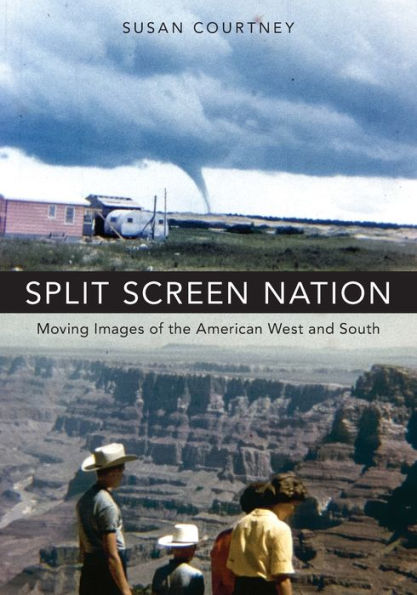5
1
9780190459970



Split Screen Nation: Moving Images of the American West and South available in Paperback, eBook

Split Screen Nation: Moving Images of the American West and South
- ISBN-10:
- 0190459972
- ISBN-13:
- 9780190459970
- Pub. Date:
- 03/01/2017
- Publisher:
- Oxford University Press
- ISBN-10:
- 0190459972
- ISBN-13:
- 9780190459970
- Pub. Date:
- 03/01/2017
- Publisher:
- Oxford University Press

Split Screen Nation: Moving Images of the American West and South
$38.99
Current price is , Original price is $38.99. You
38.99
In Stock

Product Details
| ISBN-13: | 9780190459970 |
|---|---|
| Publisher: | Oxford University Press |
| Publication date: | 03/01/2017 |
| Edition description: | New Edition |
| Pages: | 328 |
| Product dimensions: | 7.00(w) x 9.90(h) x 0.80(d) |
About the Author
From the B&N Reads Blog
